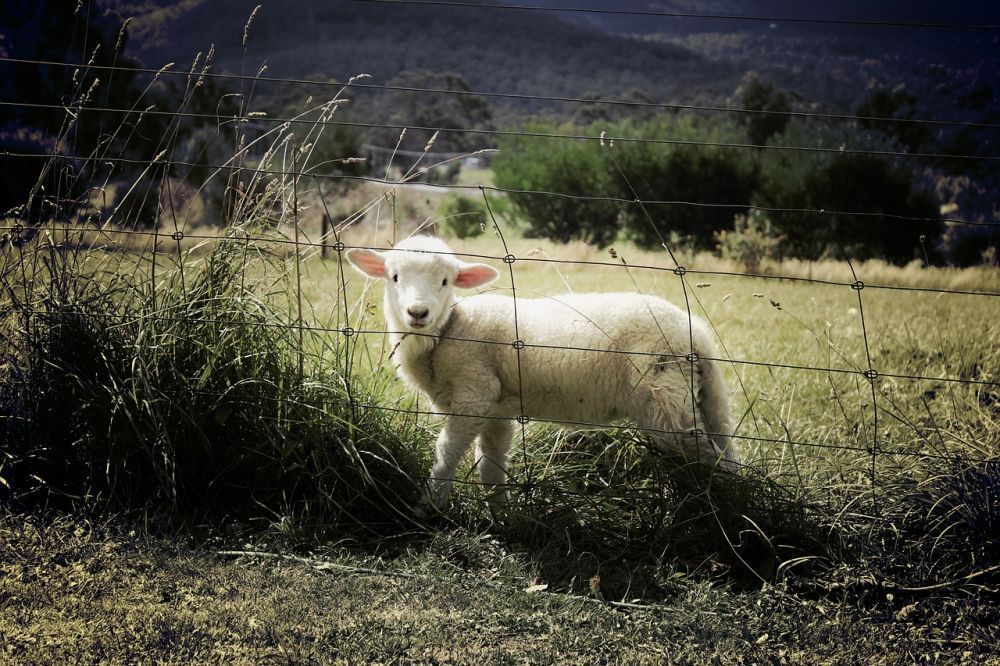
What Does It Mean When Fence Is Self-Straining?
The fence world is full of strange terminology that you really have to be fluent in to understand what kind of fence you’re talking about.
One of those terms is self-straining. If you don’t know too much about fences, you probably wonder what self-straining means and whether it’s good, bad, or something else.
What Does Straining Mean In the Fence World?
The first thing you need to know about self-straining fences is what straining actually means in the fence world.
Straining, or tensioning, is a term that applies to mesh fabric and wire. Different types of mesh fences with different types of specifications all need to be tensioned or stretched until they are taut.
In the USA and North America, this is usually done with tensioning hardware on tension posts.
In other parts of the world, where diamond mesh fences are installed with drilled posts and straining wires, the wires themselves are tightened with a “monkey strainer,” and then the mesh is stretched and tied to those wires.
So What Is Self-Straining Mesh?
Now that you know what straining or tensioning is in the fence world let’s clear up what a self-straining fence is.
This term usually applies to farm fences, game fences or veldspan as it’s called in some places.
This type of fence has large apertures and can be either hinged or fixed joint. What’s important is that it has a thick, rigid wire along the top and the bottom, and this wire replaces straining wires or top and bottom rails or wires.
As self straining fence is installed, it is pulled tight and attached to posts – usually with barbed staples into a wooden post.
While this kind of fence is very simple, it’s designed to be a fully self-contained product, and aside from those posts and staples, you don’t need anything else to build this kind of self-straining farm fence. This helps to make this kind of fence faster to install and saves on material costs. Both of these are very important when you’re fencing large areas like farms.


